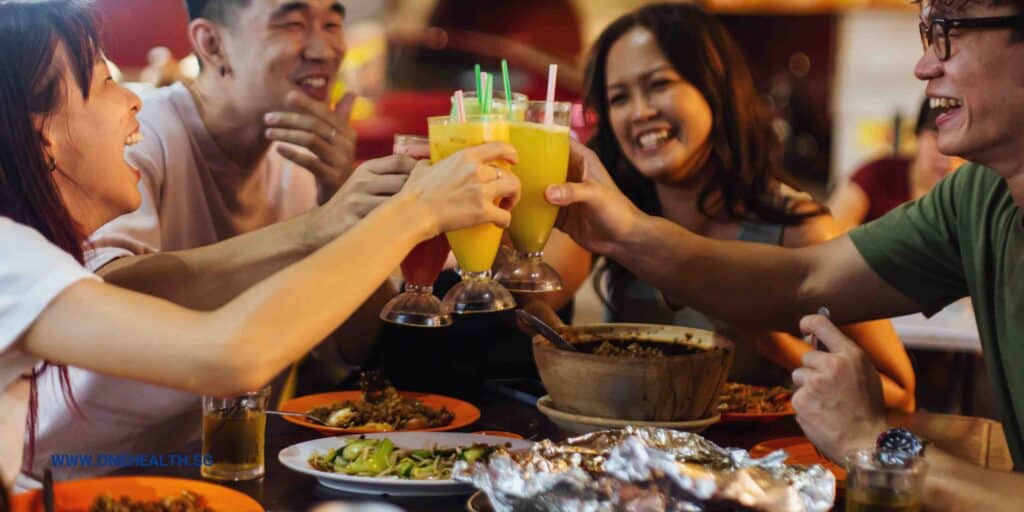Food is an essential element of culture, and for many travelers, exploring local cuisines is a highlight of their journeys. In recent years, there has been a surge in food tourism as more travelers seek authentic culinary experiences across different Asian countries. From savoring the vibrant street food of Thailand to indulging in the rich flavors of Indian curries, food enthusiasts are embarking on gastronomic journeys that celebrate the diverse and mouthwatering cuisines of Asia. This article delves into the allure of food tourism in Asia, the rise in its popularity, and the enriching experiences it offers to travelers seeking to discover the world through their taste buds.
A Gastronomic Adventure
For food enthusiasts, food tourism is more than just eating—it is a gastronomic adventure that allows them to discover the soul of a place through its flavors. Each region in Asia boasts a distinctive culinary identity shaped by its history, geography, and cultural traditions. From the intricate spices of India to the delicate umami of Japan, every dish carries a story that reflects the local way of life and the passions of the people who create it.
Celebrating Culinary Diversity
Asia is a treasure trove of culinary diversity, with each country offering a vast array of dishes and regional specialties. Food tourism allows travelers to sample a smorgasbord of flavors, from the tangy and spicy dishes of Southeast Asia to the savory and comforting stews of East Asia. Whether it’s exploring the seafood delights of Vietnam’s coastal towns or the rich curries of Sri Lanka, food tourism offers a glimpse into the richness and variety of Asian cuisines.
Authenticity and Locally Sourced Ingredients
One of the main draws of food tourism is the focus on authenticity and locally sourced ingredients. Many food tours and experiences take travelers off the beaten path to hidden gems and local eateries where traditional recipes have been handed down through generations. This emphasis on authenticity allows travelers to taste dishes prepared with care and love, using fresh, locally sourced produce that highlights the natural flavors of the region.
The Rise of Food Festivals and Markets

Food tourism is complemented by the rise of food festivals and markets across Asia. These events showcase the best of local cuisines, attracting food enthusiasts from around the world. Travelers can indulge in a plethora of delicacies, interact with passionate local chefs, and immerse themselves in the culinary traditions of the region. From the bustling night markets of Taiwan to the vibrant food festivals of Thailand, these events provide a lively and interactive experience for food tourists.
Experiencing Street Food Culture
Street food culture is a vital component of food tourism in Asia. Exploring the bustling street food stalls and carts allows travelers to taste the authentic flavors of a country’s cuisine in its most unadulterated form. The simple yet delicious dishes, often prepared right before your eyes, provide a sensory experience that captures the essence of local life and culinary heritage.
Culinary Workshops and Cooking Classes
Food tourism goes beyond just tasting—it often involves hands-on experiences, such as culinary workshops and cooking classes. Travelers have the opportunity to learn from local chefs, master traditional recipes, and understand the techniques behind iconic dishes. These classes not only enhance the appreciation of the cuisine but also create lasting memories of a cultural exchange.
The Intersection of Culture and Food
Food tourism also acts as a bridge between culture and cuisine. The act of sharing a meal with locals fosters connections and understanding between travelers and the communities they visit. Dining rituals, culinary traditions, and the stories behind the dishes provide insights into the cultural fabric of a region, allowing travelers to see the world through the lens of food.
Sustainable and Responsible Tourism
Food tourism is also aligned with the growing trend of sustainable and responsible tourism. Many food tours and experiences focus on supporting local businesses and communities, promoting eco-friendly practices, and advocating for the preservation of culinary heritage. Travelers can feel good about contributing to the local economy while indulging in delicious and meaningful food experiences.
Food tourism in Asia is a feast for the senses and a celebration of the region’s rich culinary heritage. From street food delights to elegant gourmet experiences, food enthusiasts are embarking on gastronomic journeys that immerse them in the diverse and delectable flavors of Asia. Food tourism goes beyond tasting—it is a cultural exchange that allows travelers to explore the soul of a place through its food and connect with the people and stories behind each dish.
As food tourism continues to rise in popularity, it has become a meaningful and enriching way to discover the world. Whether it’s embarking on a street food adventure in bustling markets or attending food festivals that showcase the region’s culinary gems, food enthusiasts are embracing the diverse and authentic flavors of Asia in a gastronomic journey like no other. So, pack your bags and set forth on a delightful culinary odyssey across Asia, where every bite is a discovery and every dish is a celebration of cultural diversity and the artistry of flavors.

